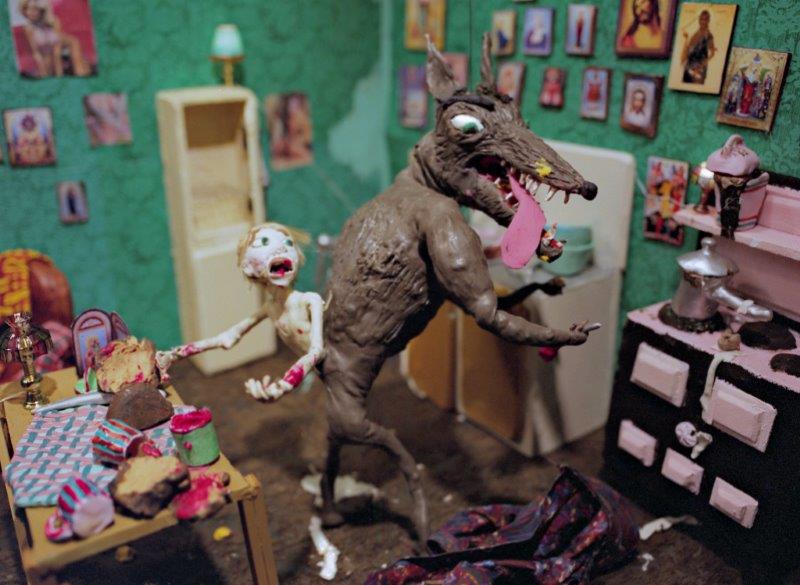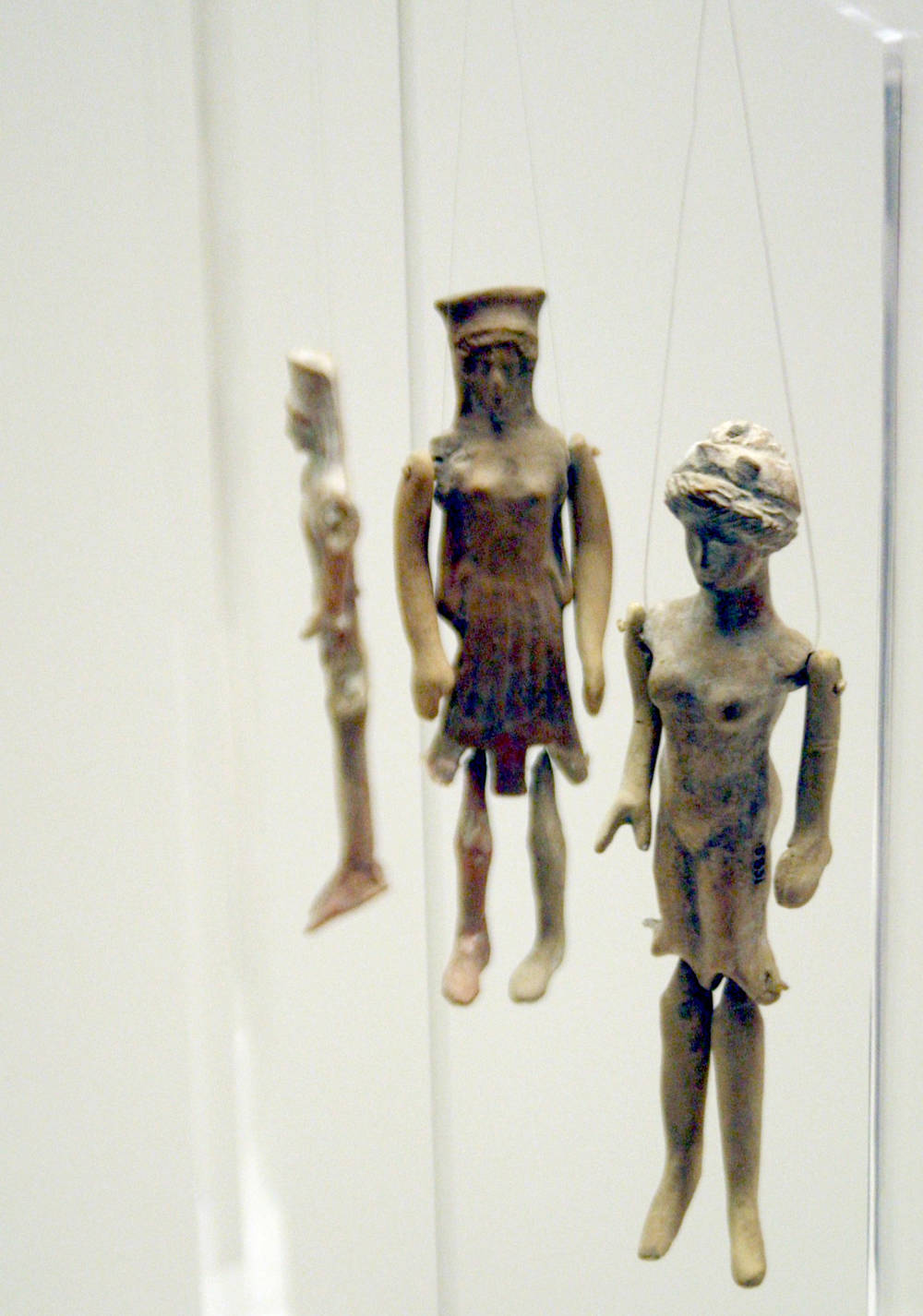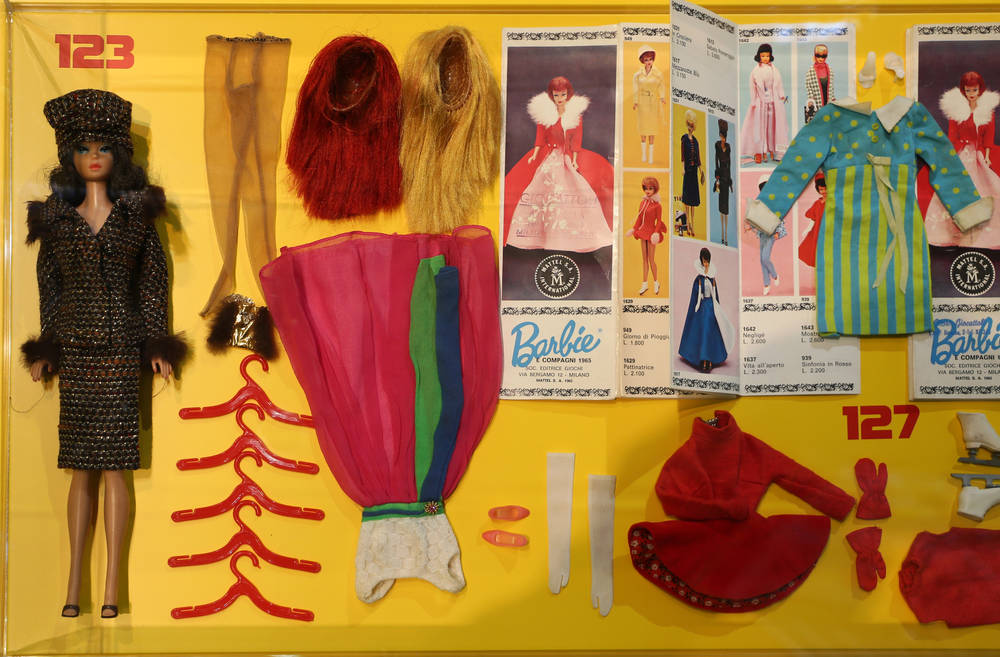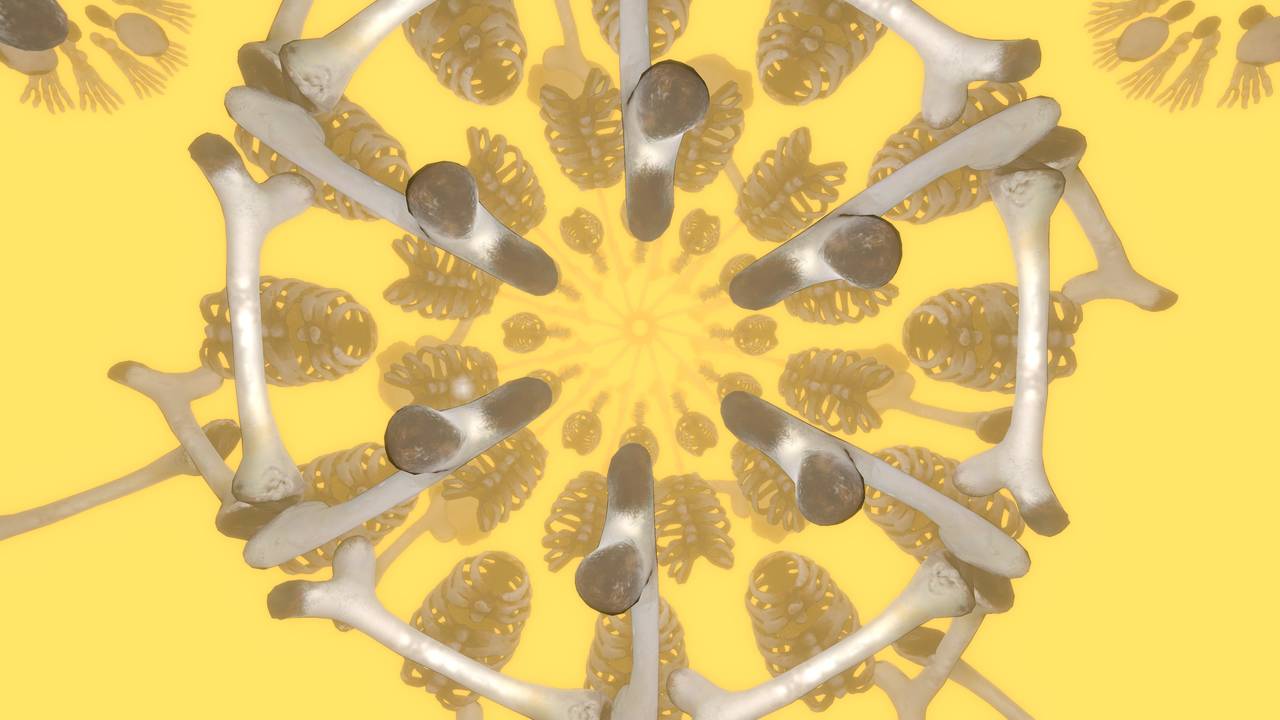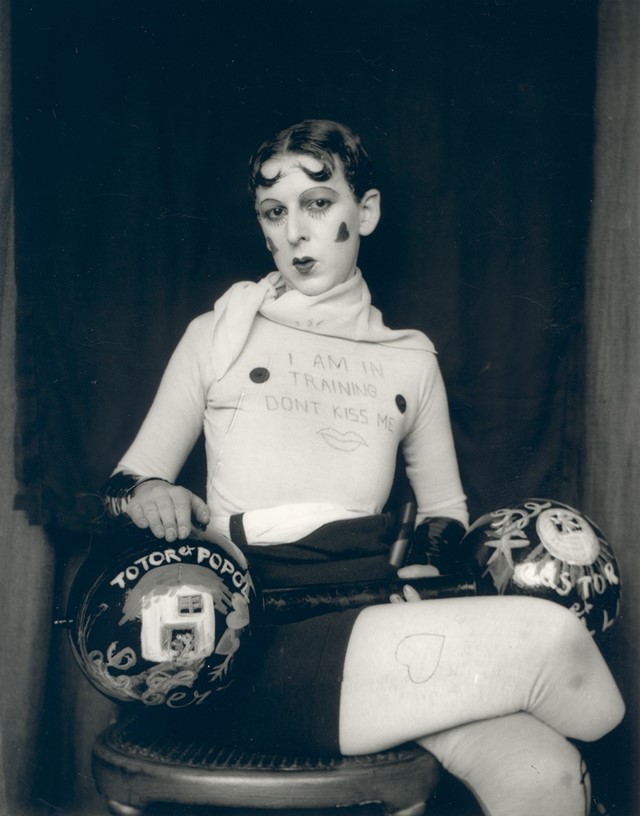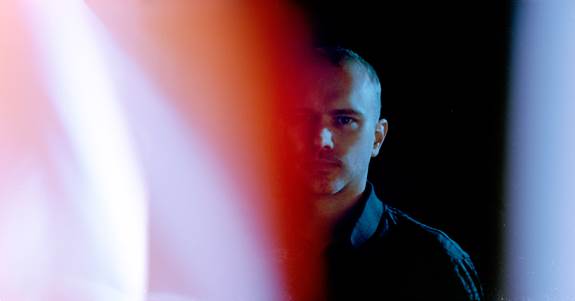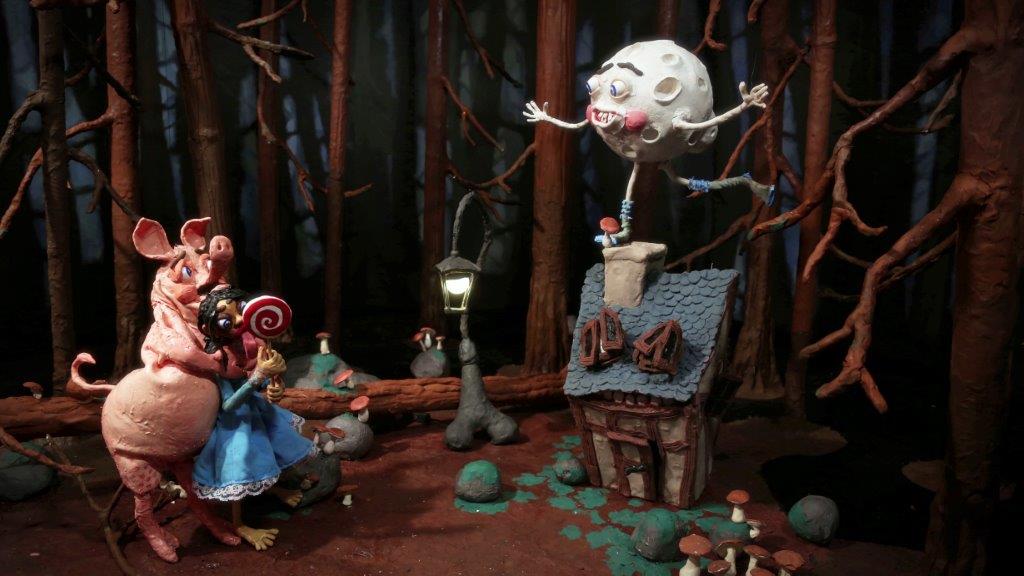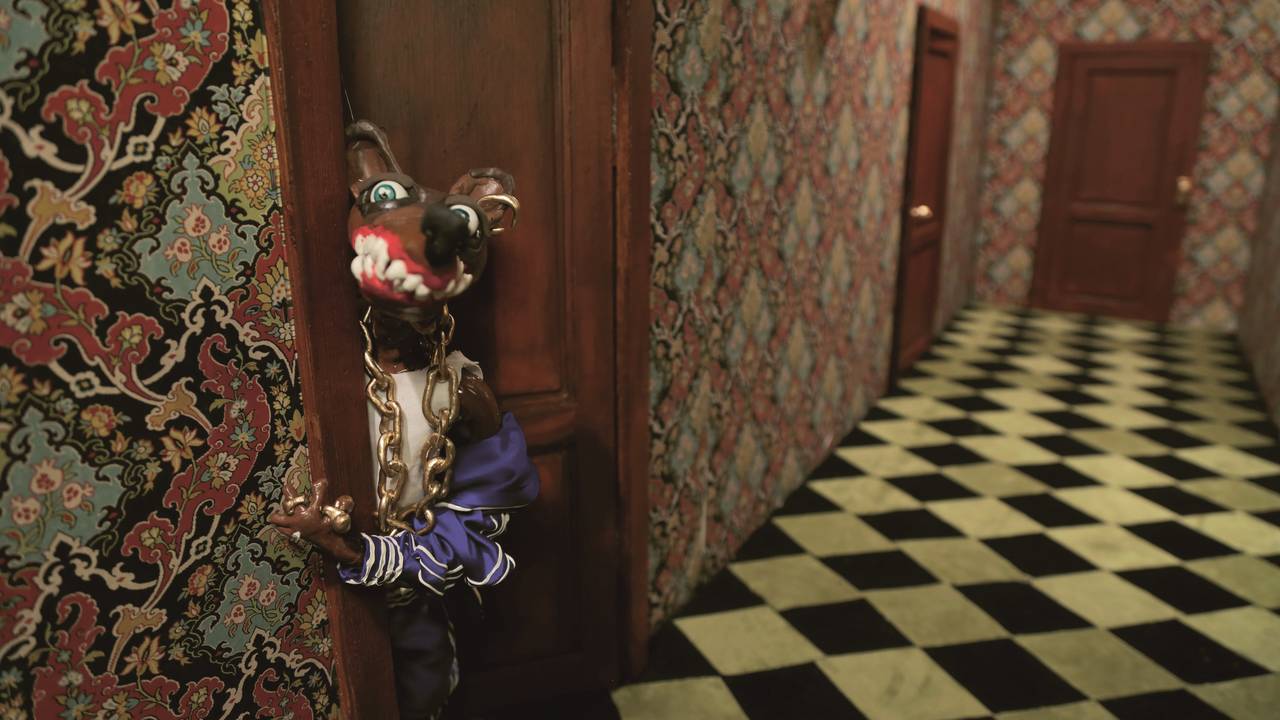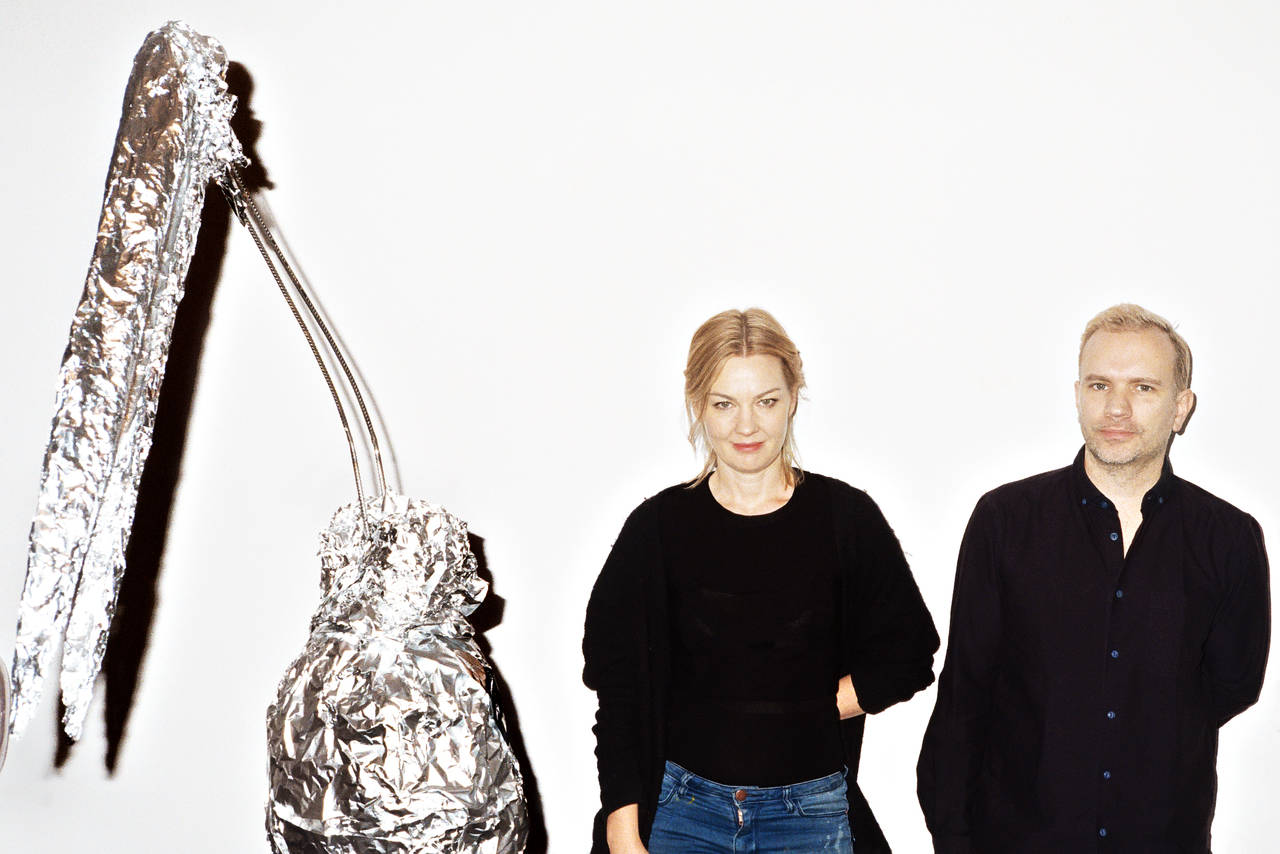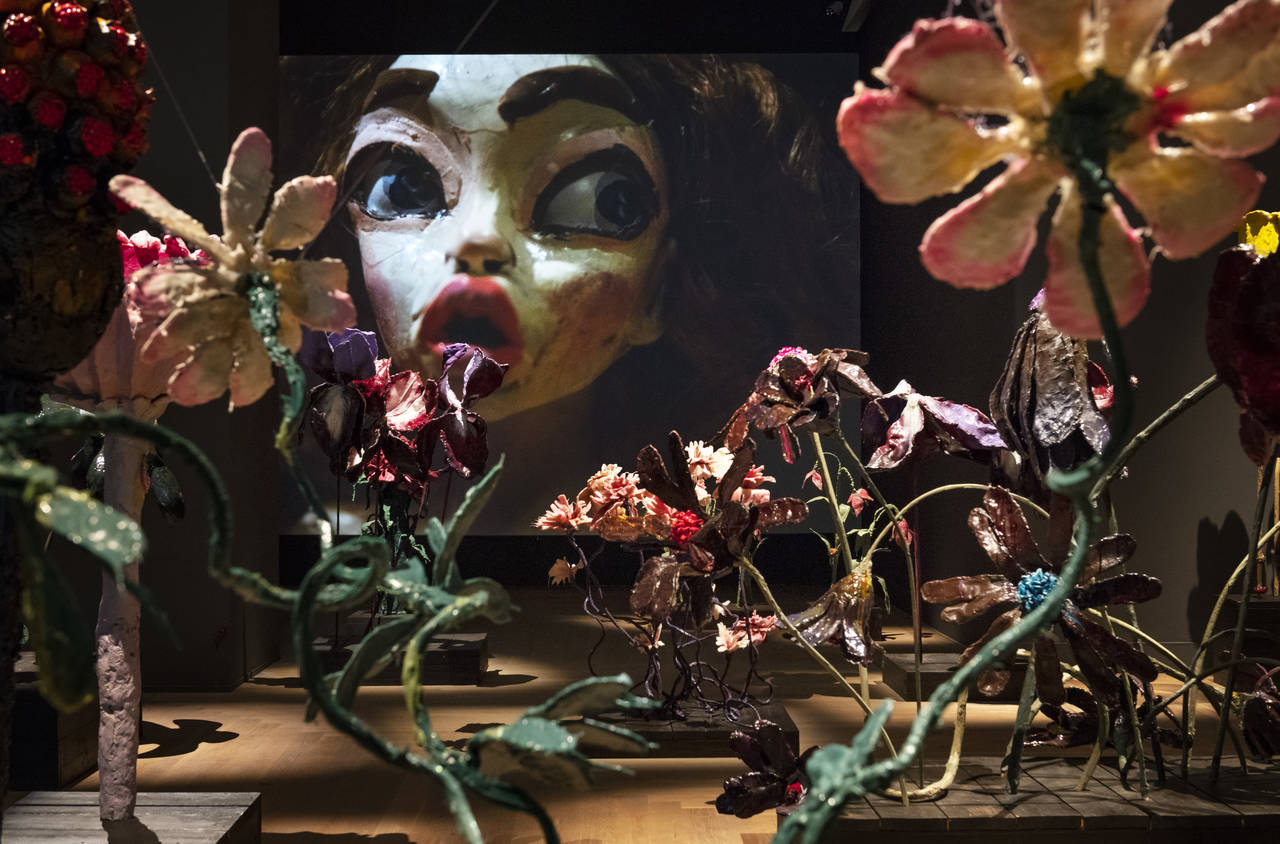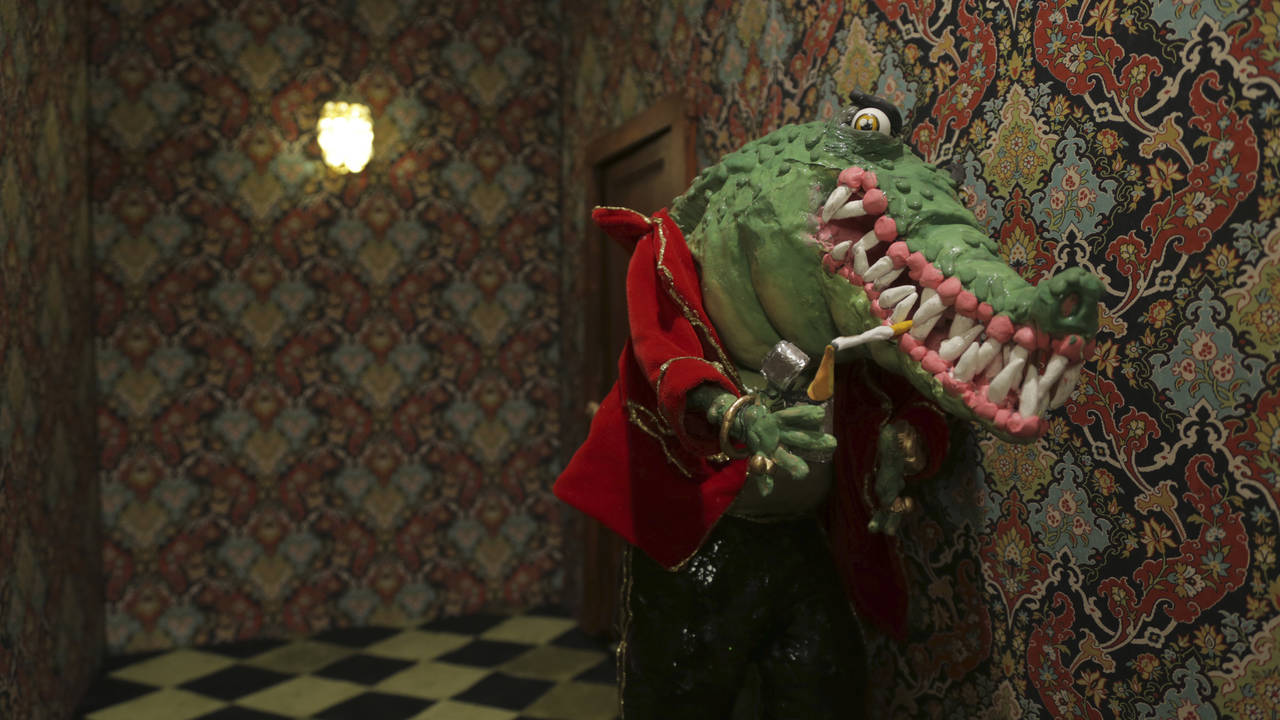Harmless children’s toy, killer doll or fetish object? Drawing on a long tradition, artist duo DJURBERG & BERG creates shocking realities with their characters.
Be they blond, brunette, black, red, light, dark, big, small, rigid, flexible, homemade, industrially produced, wood, textile or plastic, new or old, they are brought to life anew each and every day: dolls. In countless variations, they captivate us in children’s roleplay games, as an aesthetic object in art, in the theater or on screen, offering the potential for us to delve into a new reality – as can be seen in the animations by Nathalie Djurberg and Hans Berg.
Dolls have existed as a cultural artefact as long as anyone can remember. The first finds were unearthed in from graves dating back to around 3,000 to 2,000 BC, but their function and significance have changed repeatedly over the course of time. Thanks to their high symbolic value as representatives or images of human beings, dolls were initially used primarily as magic objects for cultic and religious purposes, in rituals, or for healing. Likenesses of domestic servants were placed in the graves of their masters, for example, so that the former could serve the latter even in the afterlife. Back in ancient times, dolls made of alabaster are known to have been given to children in wealthy families, although they were not used as toys in today’s sense, but rather were considered idols or objects of prestige, manufactured from expensive materials and clothed with precious fabrics.
Initially dolls were supposed to serve as models for young girls
In Europe, dolls were first commercially produced as toys in the 15th century. Often adorned with delicate porcelain faces, they initially resembled adults and were supposed to serve as the model of a good wife and mother for young girls. It was only at the end of the 18th century that so-called “character dolls” developed – in connection with a new view on the notion of childhood – with their broad spectrum of childish facial expressions.
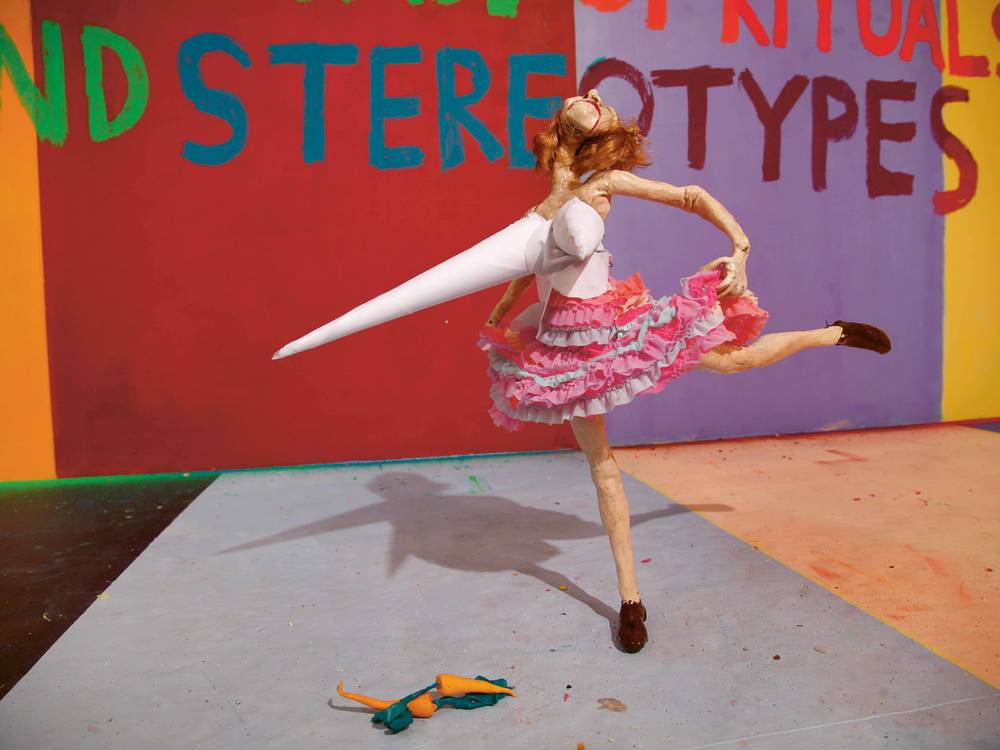
Manufacturers started to make dolls out of robust materials so they could be played with, and soon they started to move thanks to the use of hydraulics. In addition, new materials such as rubber and plaster were brought into play – and in 1959 Barbie conquered the market and dolls finally became a mass product. Despite their stiff competition, dolls remain one of the most important toys worldwide even today and can be found in virtually any child’s room. Nevertheless, their importance as cult or fetish objects has lost nothing of its relevance. With their anthropomorphic form they exert a huge attraction, which can also be seen in art, where the doll as a subject has been tackled in various ways.
As a surrogate and an object onto which ideas can be projected, dolls embody ideals, expectations, fears, secret desires, passions or conflicts. They are a supposed counterpart, an Other. Multiple identities and expectations are projected onto the generally typecast objects, whereby they always reflect one’s own ego. “According to the logical laws of a dreamworld, it represents a versatile counterpart, it is a reflection, an ideal, a substitute or a projection of another reality,” writes Barbara Krafft in her book “Traumwelt der Puppen” (Dream world of the dolls).
Various different images of humanity, identities, questions of representation, simulation or the credibility of humanity and its positioning are acted out, explored and epitomized through projection onto the doll or the game. This is particularly evident in a number of modernist artistic positions from . One need only think of Hans Bellmer’s fragmented dolls’ bodies or Max Ernst’s mechanical woman. According tot he wirter George Sand, “the doll follows my mood, my inspiration, my enthusiasm, all her movements issue from the thoughts that occur to me, and the words I put in her mouth… she is me, with one word she is a being, not a doll.”
The doll follows my mood, my inspiration, my enthusiasm, all her movements issue from the thoughts that occur to me [...].
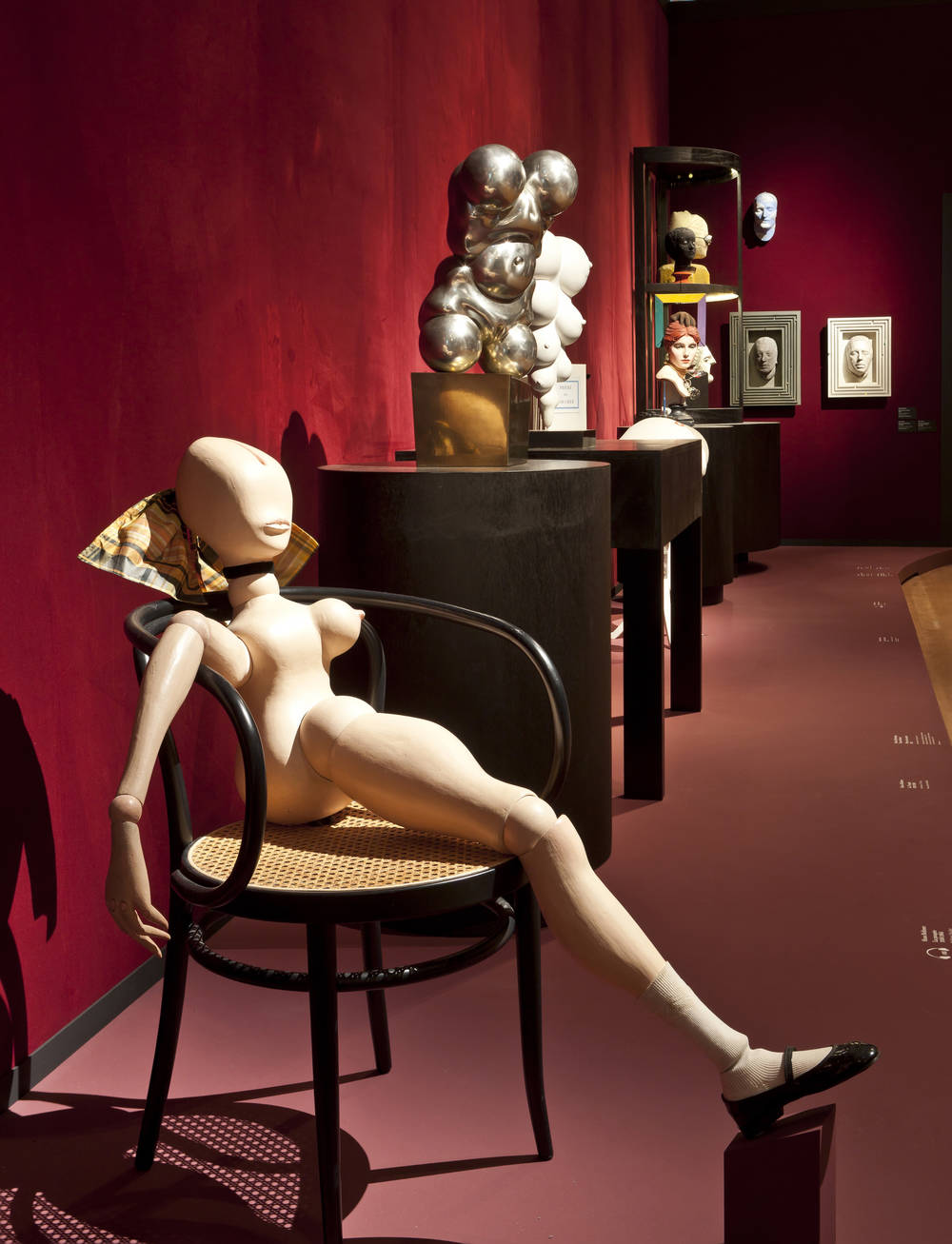
Thanks to the possibility of projection, the doll is also always associated with the excitement and the disconcerting potential of a supposed emancipation and independence. It has a magical force that results from the idea of its being brought to life, presented in exemplary fashion in E.T.A. Hoffmann’s short story “The Sandman”. Here, Nathanael’s projection causes him to fall in love with Olimpia, whom he sees not as an automated wooden doll, but rather as an idealized beauty. Another example is the film “Child’s Play” with the notorious Chucky, in which a “Good Guys” doll is inhabited by the spirit of mass murderer Charles Lee Ray and thus begins a sinister game.
Nathalie Djurberg’s expressive dolls made of modeling clay, textiles and artificial hair are reminiscent of apparently innocent figures. Yet these protagonists, seemingly harmless at first, get contrasted due to the content of the videos and the worlds in which they are placed. The figures inhabit dark and grotesque scenes and thus appear strange, repulsive, unstable and fascinating at the same time. The artist removes the masks of decency and propriety to give free rein to her wild fantasies and nightmares to explore new territories. Compulsions and longings are reflected in her joint work with Hans Berg too, as are insurmountable obsessions, taboos and sexual fantasies.

Chucky from “Child’s Play”, Image via comic.highlightzone.de
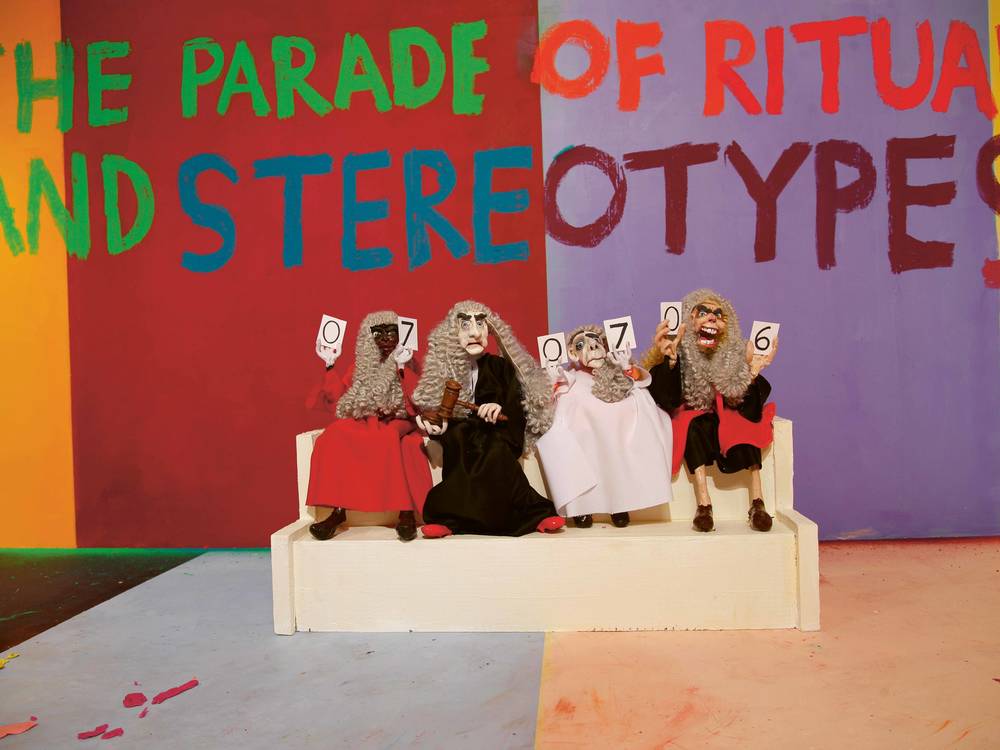
The dolls present human fears in a direct, disturbing and unsettling way, against a background of the unfathomable and unknown, and confront the observer with a broad and complex range of emotions within often limited scope for action, which is simultaneously imbued with a certain degree of humor. As an observer, it’s hard to draw yourself away. The dolls reveal pathways into the human subconscious and wander, according to curator Tina Teufel, “on the narrow crest of ambiguity between good and evil”.
The different levels of action merge, and victims become perpetrators. The figures undergo constant transformation, which is supported by the minimal breaks in the somewhat jaunty stop-motion aesthetic and which also seeps into the level of content. They appear to have a life of their own in their new, specially created, indeed fantastical world on the boundary between reality and fantasy, nature and artefact.
On the fine line of ambiguity between good and evil.
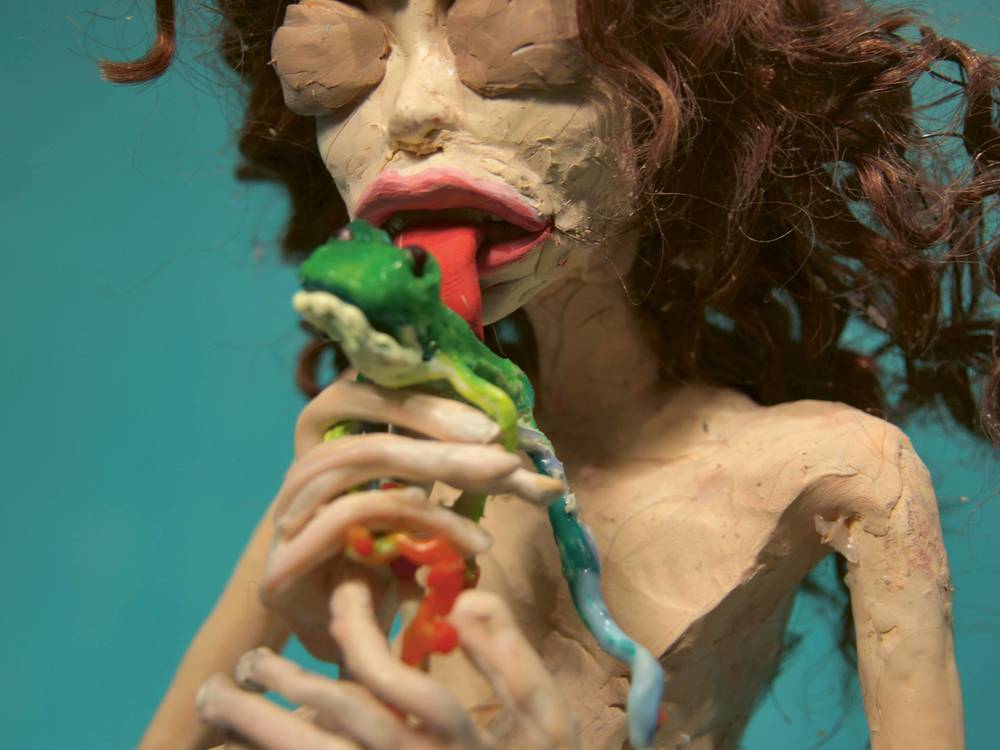
Although a certain kind of freedom is evident here, they are nevertheless captured in an eternal loop. The question of creator and object appears skewed. Who is at the mercy of whom here? Djurberg and Berg do not pass judgement on their figures’ violation of taboos. It is left to the viewers to answer for themselves the questions of what is right or wrong, guilt and innocence, moral and immoral, and decide whether these categories even make sense at all in our complex world. In other words, their dolls become metaphors of the present day.
